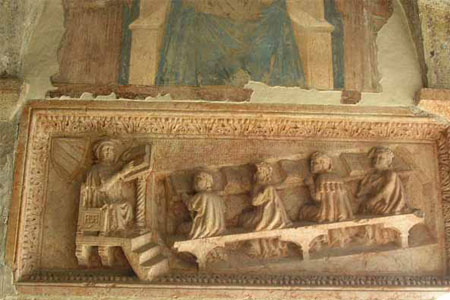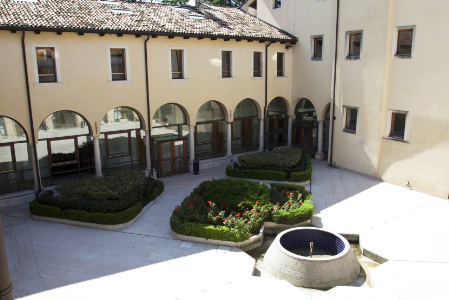Losurdo, M.; Saccomano, A.; Pedrazzoli, M.; Lonati, E.; Rizzi, L.; Molteni, L.; Elia, C.; Dander, E.; Pischiutta, F.; D'Amico, G.; Torsello, A.; Zanier, E.; Matteoli, M.; Bulbarelli, A.; Buffelli, M.; Coco, S.,
Analysis of the immunomodulatory potential of mesenchymal stem cell-derived extracellular vesicles in an model of Alzheimer’s disease
in Advances in Alzheimer's and Parkinson's Therapies. AAT-AD/PD Focus Meeting 2018 abstract book
,
Proceedings of "Advances in Alzheimer's and Parkinson's Therapies. AAT-AD/PD Focus Meeting 2018"
, Turin, Italy
, 15-18 March 2018
,
2018
,
pp. A2f-022








